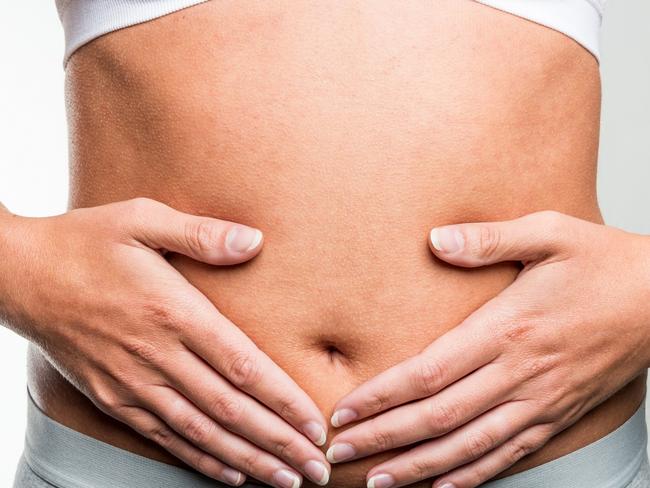Victorian team discovers a major cause of infertility in women
Victorian scientists have discovered a potential major cause of infertility in women that could lead to new treatments for conditions such as endometriosis and improve IVF success rates.
Victoria
Don't miss out on the headlines from Victoria. Followed categories will be added to My News.
Victorian scientists have discovered a potential major cause of infertility in women that could lead to new treatments for conditions such as endometriosis and improve IVF success rates.
The team found that high levels of a mini messenger molecule in the lining of the uterus could be why some women with unexplained infertility struggle to become pregnant.
Lead researcher Evdokia Dimitriadis, a professor of reproductive biology from the Department of Obstetrics, Gynaecology and Newborn Health at the University of Melbourne and Royal Women’s Hospital, said everyone had the molecule, called miR-124-3p.
However, in women the levels are meant to drop temporarily during the small window of opportunity each month when the uterus can accept a fertilised egg to achieve a successful pregnancy.
“In women who have infertility, we noticed that this molecule is increased, not reduced,” Professor Dimitriadis said.

“It’s probably in about 20 to 30 per cent of women, so it’s likely not the reason for unexplained infertility in all women, but it’s certainly elevated in a high percentage of women.”
The research, published in the journal PNAS, was a collaboration with Monash IVF and Monash University and had its beginnings when Prof Dimitriadis was at the Hudson Institute of Medical Research.
“We believe this molecule disrupts the normal function of cells and prevents the embryo from attaching,” Prof Dimitriadis said.
“Uterine receptivity is essential for embryo implantation and successful pregnancy.”

Endometriosis
She said the team was preparing a larger study to screen women with the abnormality and hoped this would lead to a “quick fix” to treat the condition before an IVF embryo transfer.
“It would be a first because there’s no proven method to identify whether the womb can accept a fertilised egg,” Prof Dimitriadis said.
“What we’ve found is that this molecule can be measured in the blood, in particular women with an infection. These can be mild infections that women don’t even know they have.”
She said some of the women screened also had endometriosis so the larger study would investigate this connection.
“We want to include as many different women as possible; women with endometriosis, women with polycystic ovary syndrome. We really need to see which women specifically this is applicable to,” Prof Dimitriadis said.

IVF game-changer
The team also wants to see if it can identify the molecule in the uterine cavity, which would be a game-changer for IVF success.
“Targeted therapies to reduce this molecule could help patients undergoing IVF achieve higher rates of success,” she said.
“We’ve already identified some of the proteins that this molecule reduces, so potentially what we could do at the time of embryo transfer is infuse some of these proteins. It is already done routinely with other factors, but in a non-specific way.
“This is a really large gap in IVF. We can do things like identify which embryos might be of good quality, but certainly identifying what’s happening to the uterus or how the uterus contributes when you transfer an embryo, there’s very little knowledge because it’s difficult to see what’s happening.”
She said the standout moment of the research was maintaining the molecule for 24 hours in human cell studies which confirmed they were on the right track.
“We were able to mirror what we did in preclinical trials and just needed to maintain it for a short period of time and it resulted in complete failure of implantation. That’s never been done before.”




